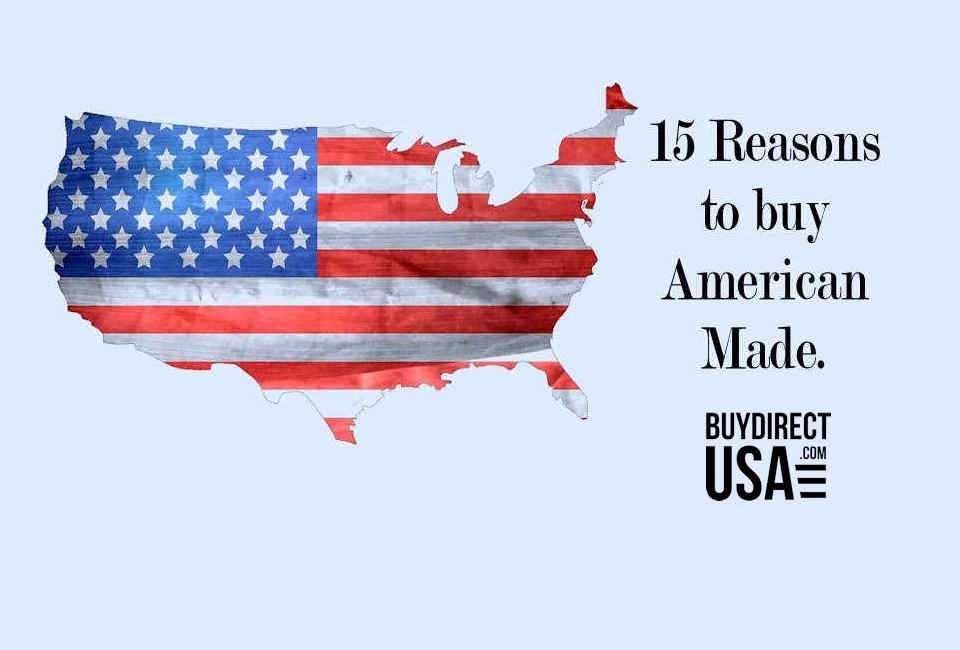Manufacturing has been a vital part of the American economy for centuries, providing jobs and driving innovation. In recent years, however, the sector has faced significant challenges, including globalization and automation. Despite these challenges, the importance of US manufacturing cannot be overstated. In this article, we will examine the role of manufacturing in the US economy, the benefits it provides, and the current state of the industry.
The Role of Manufacturing in the US Economy
Manufacturing has long been a cornerstone of the American economy, providing jobs and driving innovation. According to the National Association of Manufacturers (NAM), the manufacturing sector accounted for 11.9% of the US GDP in 2020, with an estimated 17.6 million people employed in the industry. The sector also provides indirect employment, supporting an additional 19 million jobs through supply chain and related activities.
Manufacturing is a critical driver of innovation and technological progress. The sector invests heavily in research and development, accounting for nearly 75% of all private sector R&D spending in the US. This investment has resulted in the development of new technologies and products that have improved the quality of life for people around the world.
The Benefits of US Manufacturing
Manufacturing provides numerous benefits to the US economy, including:
- Jobs: As mentioned, the manufacturing sector provides millions of high-paying jobs to Americans, many of which do not require a four-year college degree. This is particularly important for people who may not have the resources or desire to pursue a college education.
- Trade Balance: A strong manufacturing sector is essential for maintaining a healthy trade balance. When goods are manufactured in the US, the country earns revenue from exports and reduces its reliance on imports.
- Innovation: As mentioned, manufacturing is a critical driver of innovation and technological progress. The sector invests heavily in R&D, resulting in the development of new technologies and products.
- Economic Growth: Manufacturing has a multiplier effect on the economy, generating income and jobs in industries such as transportation, construction, and finance. This creates a positive feedback loop, leading to overall economic growth.
The Current State of US Manufacturing
Despite its importance, the US manufacturing sector has faced significant challenges in recent years. Globalization and automation have resulted in the outsourcing of many manufacturing jobs to countries with lower labor costs. This has had a negative impact on the US economy, leading to job losses and a decline in the number of manufacturing establishments.
However, there have been some positive developments in recent years. The Made in America movement, which emphasizes the importance of buying and producing goods in the US, has gained momentum. This has resulted in a resurgence of interest in US manufacturing, with many companies choosing to bring jobs back to the US or invest in new manufacturing facilities.
The Trump administration also made manufacturing a priority, launching the “Made in America” initiative in 2017. The initiative aimed to create jobs and stimulate economic growth by promoting US-made goods and services. The administration also implemented a number of policies aimed at boosting the manufacturing sector, including tax cuts and regulatory relief.
Conclusion
In conclusion, US manufacturing is a critical part of the American economy, providing jobs and driving innovation. The sector has faced significant challenges in recent years, including globalization and automation. Despite these challenges, the importance of US manufacturing cannot be overstated. The Made in America movement, combined with the efforts of the Trump administration, has led to a resurgence of interest in US manufacturing, with many companies choosing to bring jobs back to the US or invest in new manufacturing facilities. It is essential that the US continues to support the manufacturing sector, ensuring its long-term health and growth.







